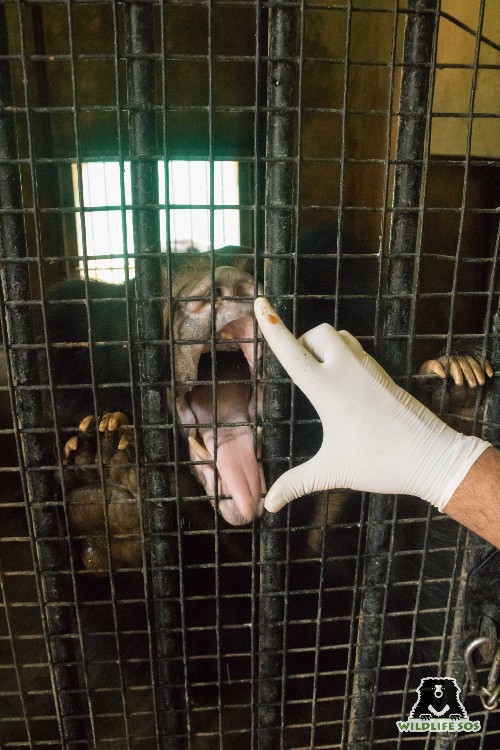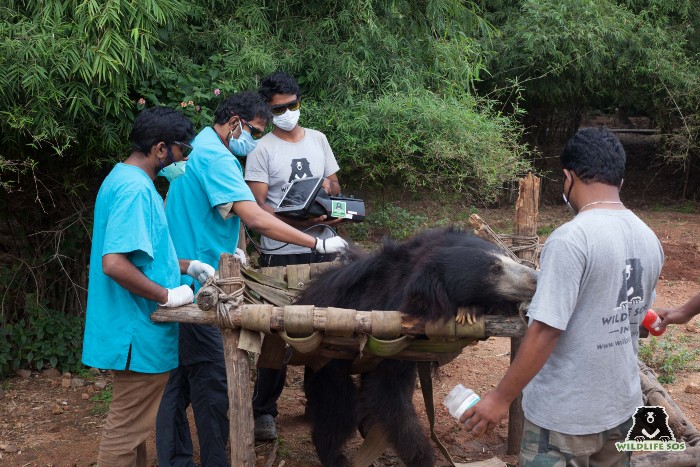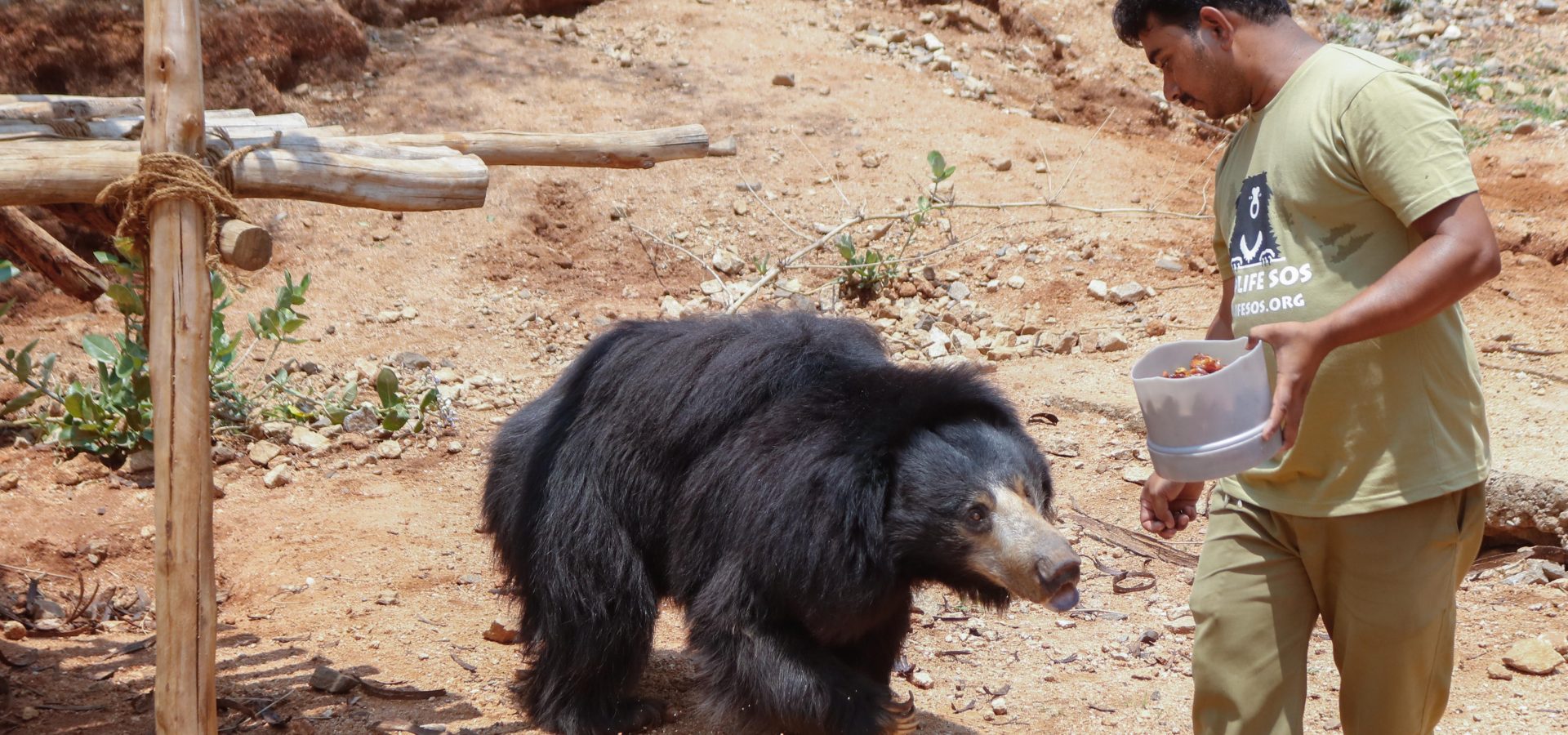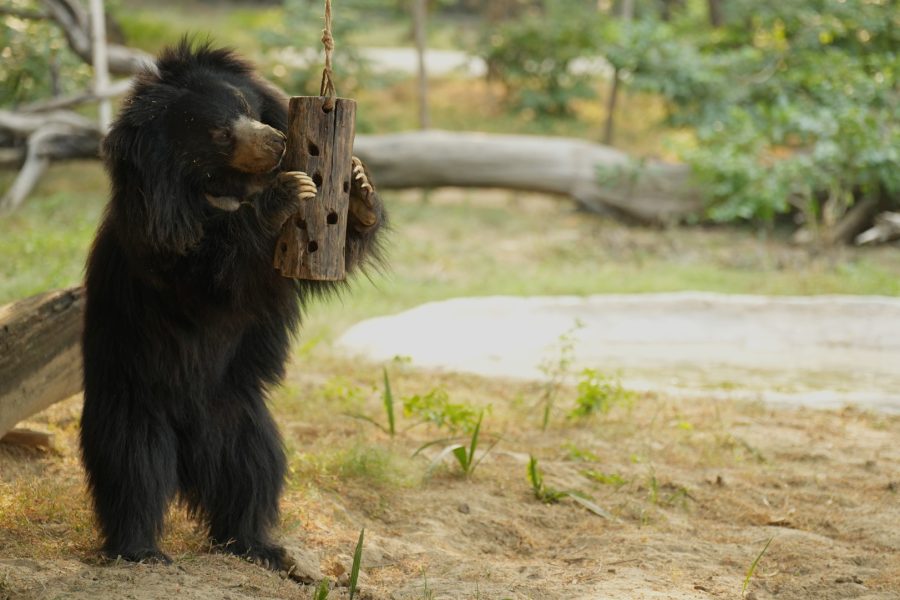Communication and interaction with other living beings has played an important role in developing long-lasting connections. As humans, we have several languages, we have sign language for the differently-abled, technology is helping us in several ways now, and much more to follow as we find new ways to interact with each other. But how do we establish a connection with an animal? How do we understand them, or vice versa.
Humans and Animals have evolved together over the course of millions of years. Some of the first animals we as a species developed a relationship with, not for resources, but for companionship are wolves. Over the 33,000 years of interacting with wolves, we have been able to establish a strong bond with them as modern-day dogs. This may be the most prominent example of being able to create a relationship with an animal.
Animals, unlike people, interact with each other in different ways. Studying animals and learning about their communication and interactions with each other has been a topic of interest to date for several researchers. Human beings measure the intelligence of another being by their ability to mimic the characteristics or behaviors that they would like them to exhibit. This is often done by studying the emotional and cognitive abilities of an animal to further the gap between inter-species interaction. Initially, a concept introduced by Edward L. Thorndike at the beginning of the 20th century, and eventually expanded and popularized by B.F. Skinner, and given the term Operant Conditioning. With the backing of the science community, the dynamic humans and animals can share now has adapted over time.

What is conditioning?
In Psychology, conditioning can be classified into Classical and Operant Conditioning. Classical conditioning is a form of learning that uses external stimuli to achieve involuntary responses or behaviors. Whereas, operant conditioning is a form of learning that evokes voluntary behaviors, by the consequences that follow the behaviors exhibited. Both of which are achieved over time. Skinner focused his research on the application of Operant conditioning on animals.
Using conditioning
Gauging the capabilities of an animal in order to use classical and operant conditioning methods has been an ongoing process in several accredited organizations with captive wildlife. Much of the focus with conditioning has mainly been on mammals, husbandry training for captive wildlife, and dealing with veterinary issues. Using conditioning methods for every animal species still remains a challenge.
The amount of time behavior reinforcing takes could vary from species to species. The conditioning itself is done with the help of desirable foods of each animal, a treat that they would highly appreciate. The trainers also make sure to take the animal’s everyday routine into consideration, has the animal just eaten? What is their health status? Do they respond well to human contact and other animals around them? Is this the right temperature for training? Are the animals nocturnal? After such factors are considered, training begins with very basic activities to get the individual acclimatized. When an animal has been successfully trained to perform a certain behavior the right way, it is essential to maintain the behavior by regularly practicing with the individual. Having several trainers can be highly beneficial because the animal is then more likely to exhibit the desired behavior to anyone rather than to just one person.
The use of conditioning in avoiding Human-Wildlife Conflict has also been in discussion. Considering the vast insight that is needed to examine each conflict situation and the various factors involved within each incident, using new-age methods to solve complex conservation problems might be the way forward.
Working with bears at Wildlife SOS
Wildlife SOS has the largest population of rescued and rehabilitated sloth bears in the world. Hence, providing the best possible care for all the animals in our care included training the sloth bears to ease the remainder of their life at our centres.

Most of the bears at the Bannerghatta Bear Rescue Centre have been patiently trained by our animal care staff to hand out their paws for blood draws, vaccinations, and laser therapy among other practices. The process of conditioning itself takes several weeks according to the willingness and cognitive ability of each animal under training. Consistency along with patience has led to achieving great results in training the sloth bears. The use of honey and dates as motivators has helped the bears develop a positive relationship with the veterinarians during their health checks and with the staff for general day-to-day care.
We have also had the opportunity to work with several animal conditioning experts from around the world, who have helped train our staff on Operant Conditioning methods to achieve a standard set of procedures for all the animals in our care.
To know more about Operant Conditioning training tune into our webinar with ME Hampton, Team Lead of Northwest Passage and Teton Trek at Memphis Zoo.





